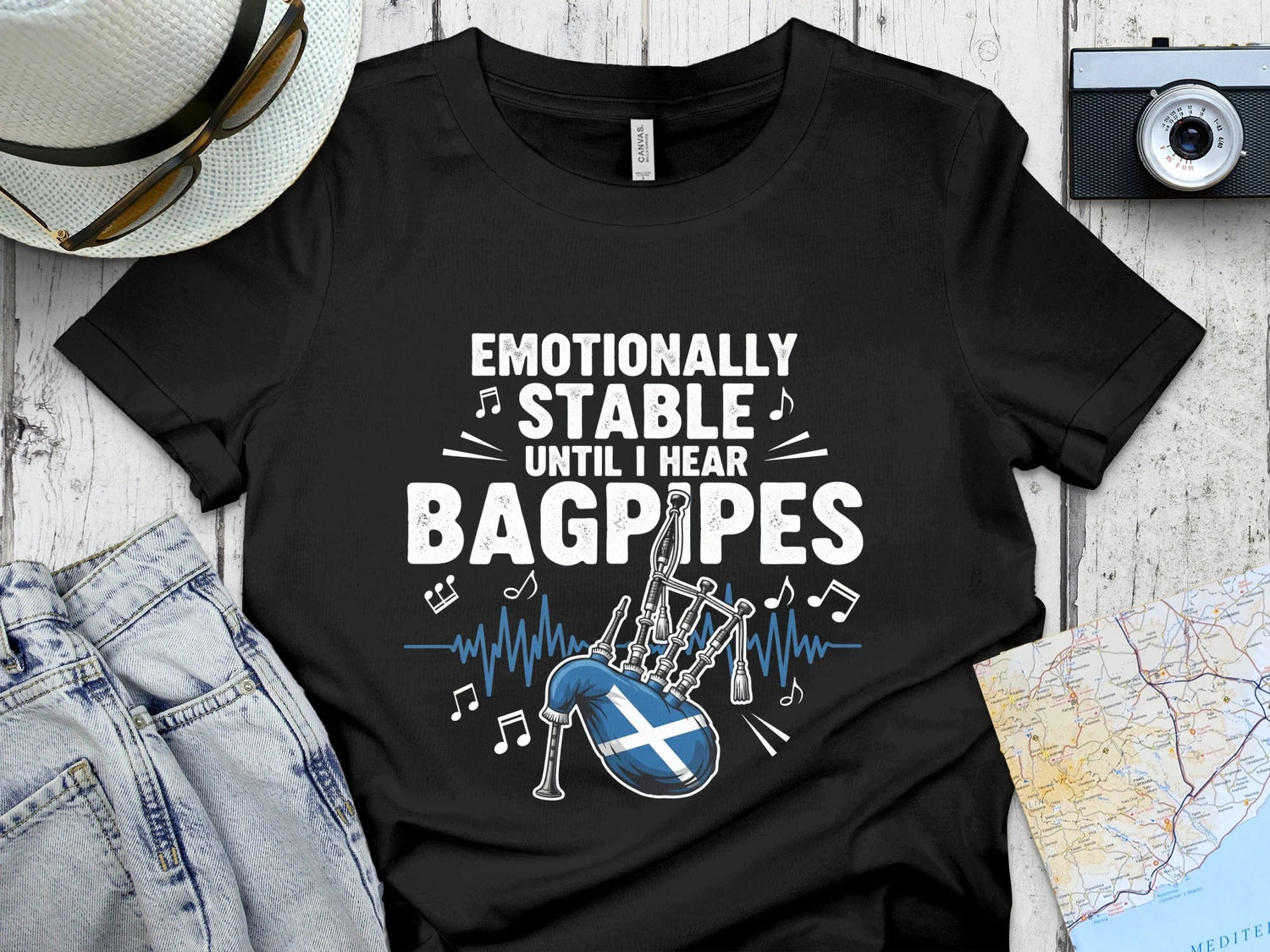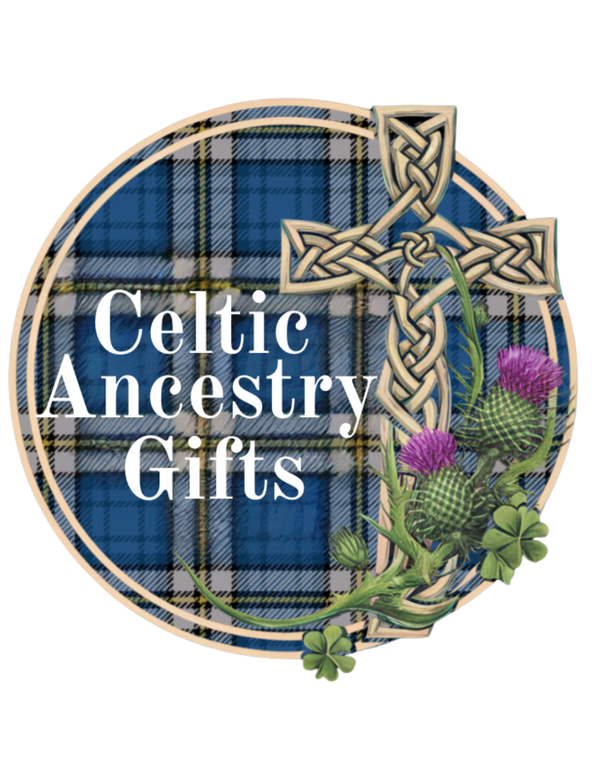
Clan MacInnes — The Sons of Angus, Keepers of Morvern
Share
1️⃣ Introduction
Among the rugged hills and secluded glens of western Scotland, one clan name whispers of ancient lineage, Gaelic roots, and a noble legacy carried on with quiet dignity: MacInnes. Often written MacInnes, MacInnis, or the Gaelic Mac Aonghuis, this clan traces its heritage to Celtic kings, Argyll's coasts, and a proud people who once held castle seats on Morvern’s shores.
To carry the name MacInnes is to carry the echo of Angus and Aonghus, to hold the memory of castle walls battered by wind, and to honor a clan whose chief line was tragically lost but whose spirit endures in centuries of descendants.
2️⃣ History & Origins
Gaelic Roots — “Son of Angus”
The name MacInnes comes from the Gaelic Mac Aonghuis — literally, son of Angus. Aonghus (also spelled Óengus) is one of the most ancient Gaelic names, borne by kings and heroes of Dalriada, Pictland, and early Scotland. In the genitive, Aonghuis gives rise to MacInnes or MacInnis, the patronymic form.
While records are sparse in the earliest centuries, tradition holds that the MacInnes lineage reaches back into the Celtic age of Dalriada, when Gaelic-speaking Scots from Ireland settled in western Scotland. One legend says that three sons of an Irish ruler crossed into Argyll, and among them, the progenitor of MacInnes claimed lands of Islay, Jura, and Morvern.
Over time, that lineage established itself along the wild western coast, retaining Gaelic language, kinship structures, and loyalty to the Lords of the Isles.
3️⃣ Spelling Variations & Allied Names
Because Gaelic names passed through English scribes, the name MacInnes appears in many forms. Some variants are:
-
MacInnes
-
MacInnis
-
McInnes
-
McInnis
-
MacAonghuis (Gaelic)
-
MacAngus
-
MacAinish
Septs and allied names historically associated with MacInnes include:
-
MacAngus
-
MacAinish / MacAinsh
-
MacGinnes / MacGinnis
-
MacCainsh / McCainsh
These names may appear in regions where MacInnes influence reached, or where branches of the clan settled and adapted to local dialects.
4️⃣ Landmarks & Regions of Clan MacInnes
Morvern & Kinlochaline Castle
The ancestral stronghold of Clan MacInnes lies in Morvern, the remote peninsula of western Scotland. At the head of Loch Aline, near the Sound of Mull, stands the ruined Kinlochaline Castle — once the seat of the MacInnes chiefs.
This castle, perched on a rocky outcrop, commanded views across sea and glen, guarding the clan’s domain. Though now ruinous, it remains a powerful symbol of their old authority and ancient presence.
From Morvern, MacInnes clansmen ranged across Argyll’s coasts, allied to the Lords of the Isles, navigating Gaelic politics, clan rivalries, and the shifting tides of Scottish power.
5️⃣ Destruction of the Chiefly Line & Dispersal
In the 14th century, tragedy struck the clan: the chief of MacInnes and his sons were assassinated at Ardtornish Castle, reportedly by order of the powerful Lord of the Isles, in response to clan interference in political affairs. With their deaths, the chief line ended — and their lands were absorbed by Clan MacLean by the late 1300s.
Without a chief, MacInnes scattered. Some members integrated into neighboring clans; others maintained independent identities in remote glens, others emigrated. The title of MacInnes chief vanished, and over the centuries the clan existed without a formally recognized leader.
Yet the spirit lived on. In Morvern, in Argyll, and across the diaspora, MacInnes families preserved memories of Kinlochaline, of Gaelic song, and of the old name.
6️⃣ Modern Legacy & Diaspora
Though the chiefly line is extinct, Clan MacInnes lives through clan associations, descendants, and historic reverence. The International Association of Clan MacInnes now carries the torch — gathering descendants, preserving genealogical records, and celebrating heritage.
Some MacInnes families relocated to Nova Scotia, Canada, and the United States, especially during the Highland clearances and later emigrations. Even today, you’ll find McInnes and MacInnis names woven into Scottish diaspora communities — Nova Scotia, Cape Breton, and beyond — each linking back to the western Scottish coasts.
Symbols persist — the clan's crest badge, motto, and memory of Kinlochaline Castle are honored by those who trace their roots to Morvern.
7️⃣ Fun Fact
The extinct chief line of MacInnes is said to have inspired the poetic title “Sliochd Neill a’ Bhogha” — the Line of Neil of the Bow. Legend holds that some descendants adopted the name MacNeill, or enlisted with clans by bowmanship, merging with MacKinnon or others.
Another tale tells of a clan chief once saved from surprise attack by a bee that stung him awake — so says the traditional crest motif: a bee alighting on a thistle. The symbolism speaks of vigilance, nature, and providence.
💚 Search your family name in the search bar above to explore your clan gifts. We offer surname & clan gifts on multiple products like mugs, t-shirts, blankets, ornaments, wall art, phone cases, magnets, flags, and more.

